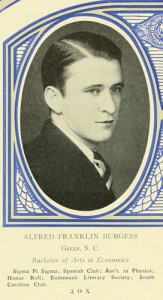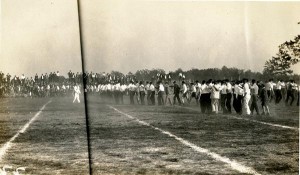My name is Emelyn Schaeffer and I am from Atlanta, GA. I am approaching my sophomore year at Davidson and I am thinking about double majoring in English and Gender and Sexuality Studies. I am excited about working in Archives and Special Collections this summer, learning more about how the library operates, and discovering more about Davidson’s past.
This weekend is Alumni Reunion Weekend for Davidson and we are collecting some publications written by members of the classes attending to showcase during Saturday’s Avant Garde lunch. It is the class of 1963’s 55th reunion and they are being honored with an induction into the Avant Garde. With this in mind, we took a peek into what life was like on Davidson’s campus in 1963.
The spring issue of Scripts ’n Pranks – a literary and satirical magazine published for students to showcase their classmates’ work – in the 1962-1963 school year is called the “Mud-Luscious, Puddle Wonderful Issue” and features an Alice in Wonderland inspired cover.
 Cover of Scripts ‘n Pranks April, 1963
Cover of Scripts ‘n Pranks April, 1963
One of the editors commented on a collection of pictures of “The Young Turks.” The Book Review speaks of W. Wolfe’s Youth Movements as a satirical novel, but declares, “All true satire bears a moral viewpoint, since otherwise the satirist would have no enduring purpose, but Wolfe lets his outrage ruin his art.”
 Scripts ‘n Pranks Advertisement
Scripts ‘n Pranks Advertisement
The class of 1963 was the first one for which Inklings was published, a collection of writing from the class during its freshman year. It includes a mix of genres, from fiction to articles on current events. Back-to-back articles include “How Great Thou Art” and “Man in the Age of the Hydrogen Bomb,” which could point to some mixed feeling on the future of the world.

Cover of Inklings, 1963
The annual – Quips and Cranks – of 1963 discusses heritage and college as a game that must be learned in order to succeed:

Quips and Cranks Cover 1963
“When the student is apart from the crowd, he allows himself to think, talk or joke about Davidson. It is then that he questions his purpose in life, wonders what his career should be, and estimates what he has learned and accomplished. In that moment, alone, he leaves the game, looks at it and himself, and is shamefully conscious that he has grossly underestimated the goals he must attain in order to be a well educated man. In these moments, alone, the student has realized his failure and has made himself more aware of the ideals he must fulfill. He will once again attempt, no matter how fruitlessly, to succeed.”
In the senior section, the editors added:
“After graduation, the senior finds time to evaluate his college achievements and to look at his future. He realizes that he has had little time during the past year to play the game of college and wonders whether the game taught him anything about himself or was even adequate preparation for this ending and beginning. It does not seem as important as he first thought, and, perhaps, if he had not played, it would not have made any difference. But, as he rationalizes, can a student accomplish anything without the game?”
While I, as a Davidson student, laugh a little at these passages because of how they echo some of my own thoughts as I look towards my future, I hope the alumni of this class now look back on their time at Davidson with a heart full of pride and love for a place that properly prepared them for all they thought to attempt and succeed in doing. Many things may have changed on this campus and in this world in the last 55 years, but the traditions we share – the Freshman Cake Race, the Honor Code, outlets of creativity, hard work, and love of this school – will forever connect alumni and students.
*lyrics from Dan Hill’s “Growing Up”
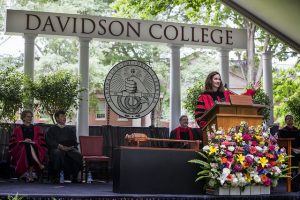

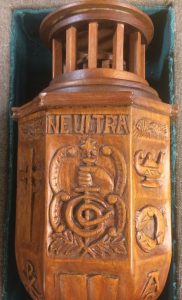
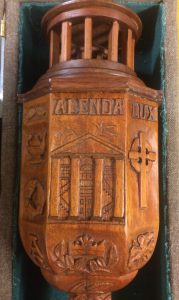

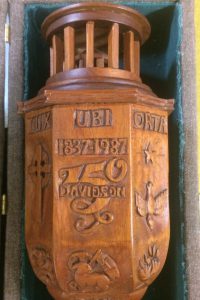




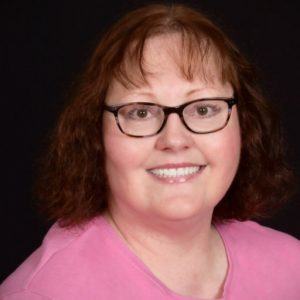







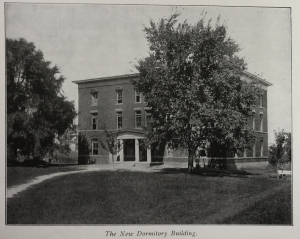



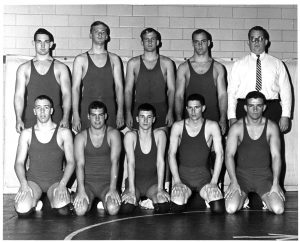



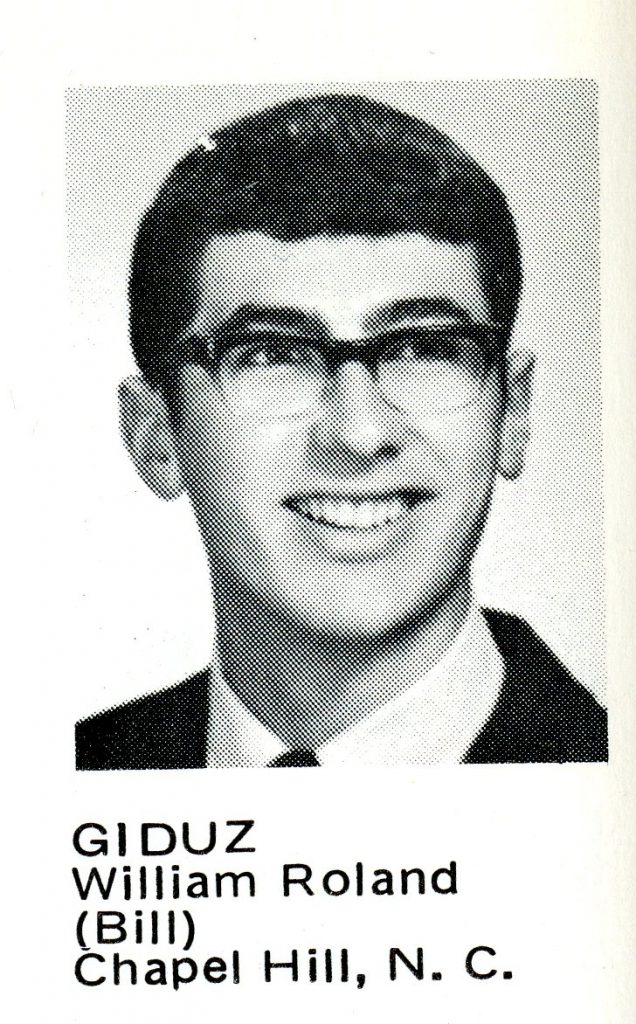

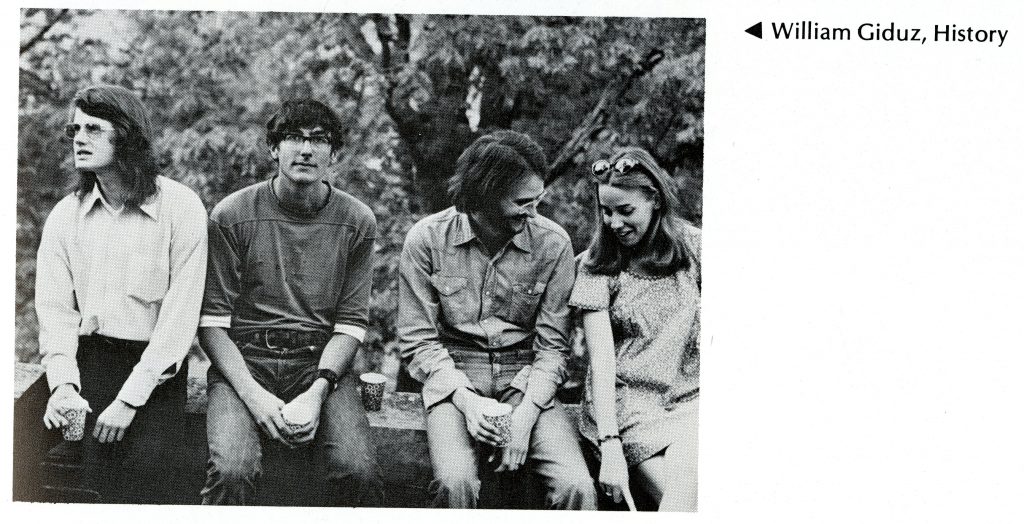

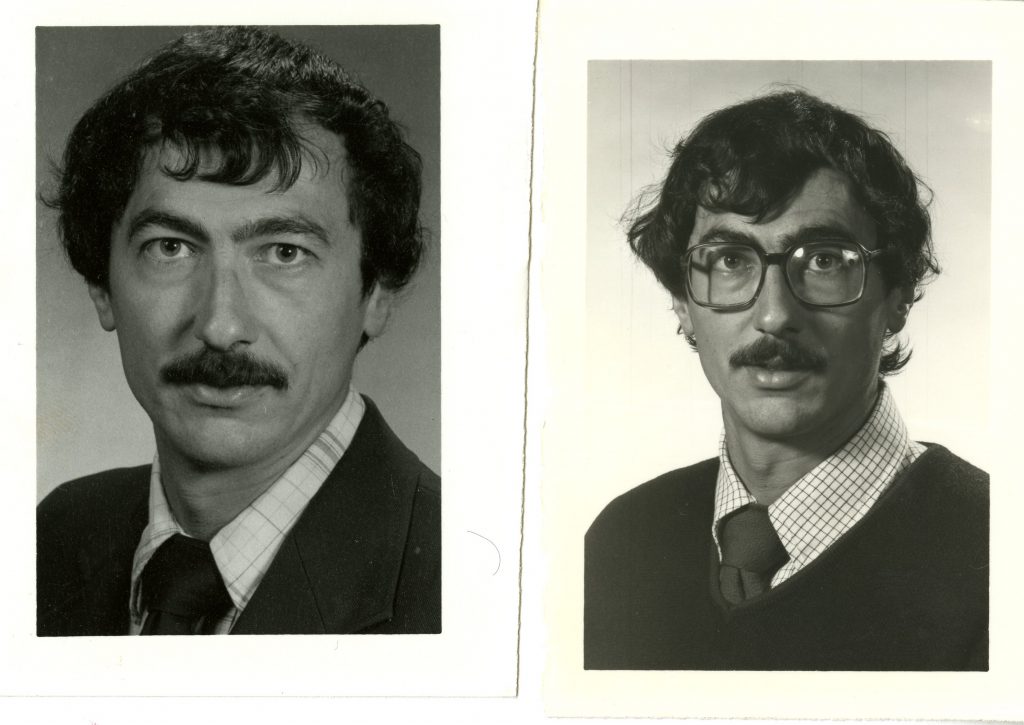


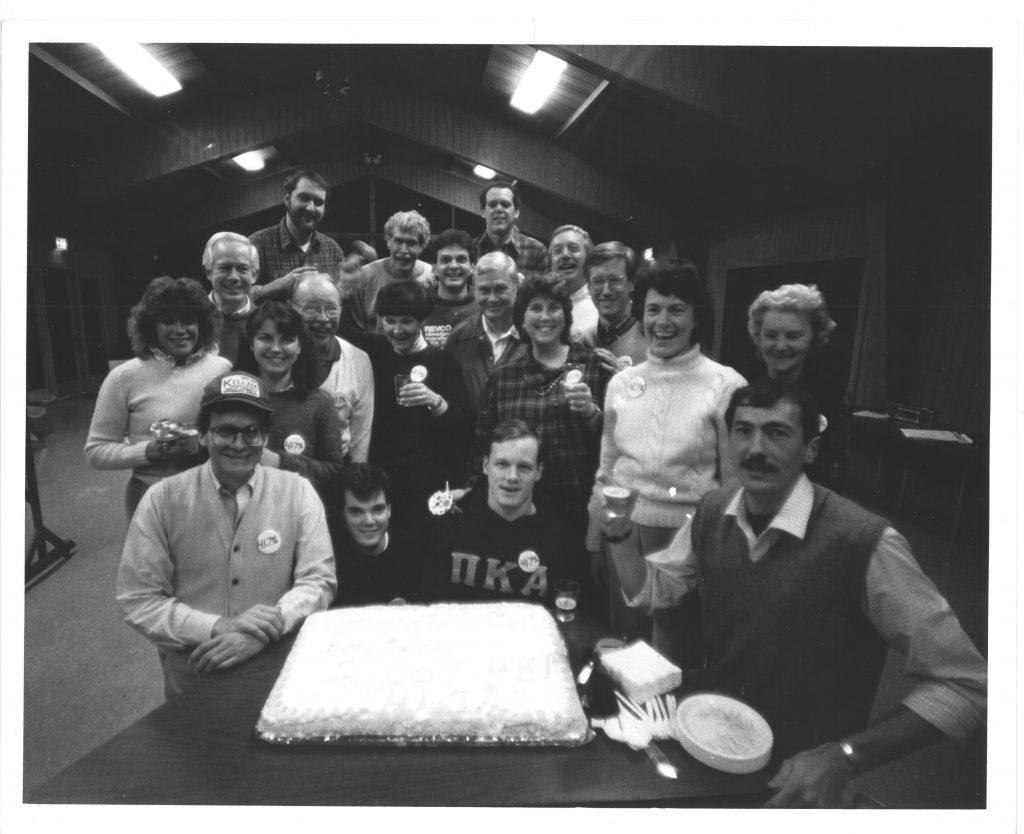
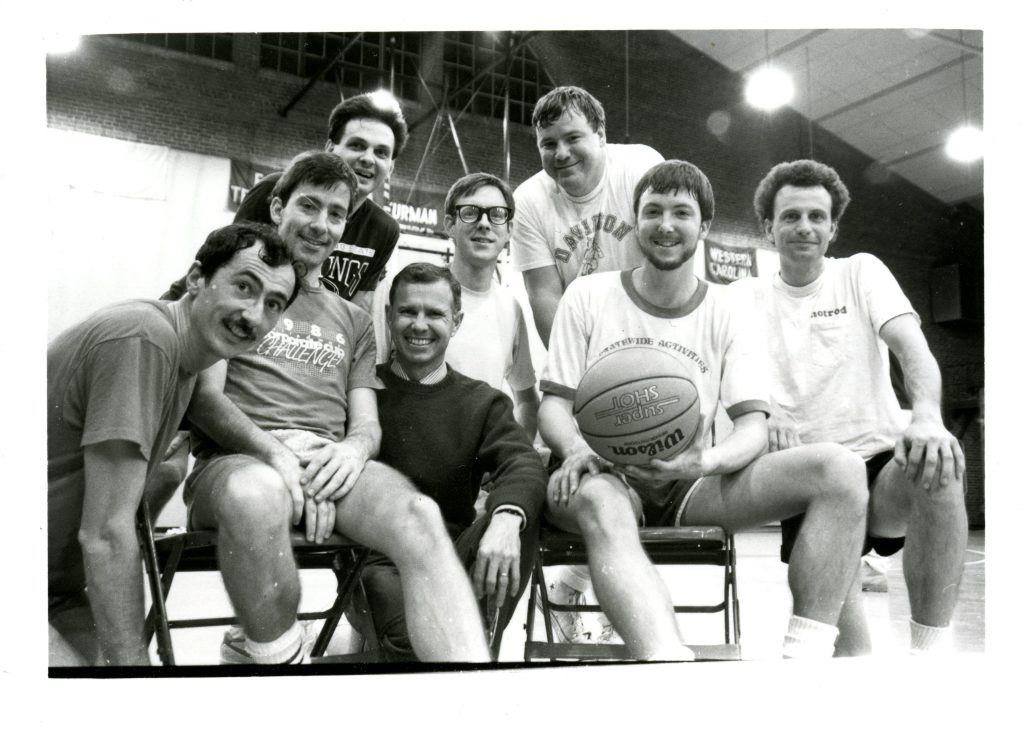

![Personnel directory photographs of Bill, 1990 - 1996. A handwritten note on the back of these photos reads "Zoro!" [sic], likely a reference to the 1950s TV series.](https://davidsonarchivesandspecialcollections.org/aroundthed/wp-content/uploads/sites/5/2017/03/personneldirectory19901996giduz002-1024x772.jpg)



